Executive Summary of IIoT Edge Case Study
The biggest challenge railway providers face today is digitization to increase operational efficiency. Issues like unscheduled downtimes or track repairs are very costly and have a strong impact on customer satisfaction. On top, railway providers constantly need to work on ensuring and improving passenger security. The problem behind these issues is that railway operators are often still lacking data when it comes to knowing what is happening on the tracks, in the tunnels and trains.
This case study looks at how Kapsch and ObjectBox collaborated on a Kapsch Industrial Internet of Things (IIoT) edge solution for the railway industry. The project enables railway operators to optimize their operational efficiency and asset management via rapid processing of real time mission critical data, ensuring extremely reliable asset operations and timely decision-making.
Kapsch
Founded in 1892, today this family-owned company headquartered in Vienna is a globally-operating technology group with offices and subsidiaries on all continents. The Kapsch Group focuses on peoples’ requirements in the fields of communication and mobility. With innovative products and solutions, Kapsch BusinessCom and Kapsch TrafficCom make a significant contribution to the digital transformation and a sustainable future in public and private transportation.
ObjectBox
ObjectBox makes real time data consistently accessible from sensor to server – including sensors (client), Android and iOS devices, IoT gateways, on-premise and cloud servers. ObjectBox is 10 times faster than any alternative, smaller than 1 MB and uniquely designed for IoT and Mobile settings.
Kapsch and ObjectBox
Kapsch is a longtime partner of railway operators and is thus helping the industry with digitization. By integrating ObjectBox’ database and synchronization solution into the Kapsch railway offering, Kapsch can provide superior speed and data continuity to their railway customers. This means critical data is available when needed and can be interacted with in real-time. This heightens operational efficiency and passenger security, because speed matters in that environment. It also decreases networking costs significantly. Last not least, keeping data locally as much as possible increases data security.
The challenge: Having data up to date – fast, reliably, across devices
As a long-term partner of railway providers across the world, Kapsch addresses their major pain points with its new IIoT solution. Central to optimizing railway providers’ operational efficiency and security is having real-time information about tracks and trains available when needed where needed.
Project requirements at a glance:
- Performance and operation on all kinds of platforms from sensor to IoT gateway to server to iOS and Android devices
- Reliable data synchronization between devices
- Fast (near real-time) and network-connection-independent operation on all devices, meaning on the edge. Therefore, a superfast database across entities is required.
- Possibility of opening the APIs for external developer projects in the future.
What we developed in the course of our digitalization initiative, was an end to end solution for IIoT, and with this we have an edge computing solution. We were looking for possible partners and one of them was ObjectBox. When we saw their synchronization methodology, we understood it was a perfect fit.
Jochen Nowotny
Vice President of Product Management, R&D, Delivery & Support, Kapsch
The project environment
Developed in a co-creation process with railway operators, the Kapsch IIoT-solution is uniquely tailored to the main needs and challenges of the railway industry: Passenger experience, operational efficiency and safety / security.
The Kapsch railway cross-platform solution applies mission-critical data to avoid costly downtimes and repairs, reducing maintenance times and delays. Thus, timetables can be kept more accurately up-to-date, making travelling a better experience for end users.
At the core of the solution lies the Kapsch mission-critical network. Another essential part of this solution is the storage, processing and delivery of data, so data is accessible where it is needed, when it is needed. Doing this efficiently provides a competitive edge to railway operators. Having the data needed to make decisions in real time – across any part of the railway network – improves operational management and the experience for both employees and customers.
ObjectBox’ solution
This is where ObjectBox comes in. ObjectBox offers a fast data storage and synchronization solution that works seamlessly across devices, from sensors to mobile (iOS and Android) to server to cloud. Because of its out-of-the-box synchronization solution, it also saves time to market and costs. On top, ObjectBox’ easy APIs could easily be extended to external developers. Therefore, Kapsch decided to implement and benchmark the startup’s solution.
How did Kapsch find ObjectBox’ solution?
Sourcing new innovative approaches is like finding a needle in the haystack. That is why Kapsch runs the later stage accelerator program Factory1. Factory1 focuses on piloting startup solutions at Kapsch. In a rigorous process, Kapsch’ top management and experts from around the world assess startups and define pilot projects together with them. In the final evaluation step, the startups pitch these pilots to the Kapsch board. After going through this thorough process, ObjectBox convinced the board of their solution’s great potential and usefulness for Kapsch.
The solution: A unique hardware/software stack with out-of-the-box synchronization
While the rigorous sourcing process already ensured a good paper and personal fit, in software projects it always comes down to the nitty-gritty details of the technology stack.
Working together – from technology fit to project-setup
The Kapsch project was developed mainly in Java for the operating systems centOS, Android and iOS. ObjectBox supports all platforms and languages used.
So the first step was to integrate the ObjectBox database for storing data, which meant replacing the persistence layer with ObjectBox. When exchanging a database (the data persistence layer) in an existing project, four cases can be distinguished:
| SQL database with abstraction layer | NoSQL database with abstraction layer |
|---|---|
| SQL database without abstraction layer | NoSQL database without abstraction layer |
In this project, a NoSQL database with an abstraction layer needed to be exchanged.
The second step was to synchronize data between IoT edge gateways and central servers.
Each IoT edge gateway (located along the tracks and in the trains) collects local sensor data and makes it accessible to local devices like smartphones, as well as centralized locations (e.g. on the headquarter’s servers). This setup allows high speed operations independent of the availability and quality of network connections.
This is not a simple case of “sending data one way” or “full replication”, rather a more sophisticated technology referred to as “data synchronization”. It is transactionally safe (aka ACID compliant), meaning no data is lost in transit. The network and gateway can go down any time – once everything is up again, data is safely transmitted. This data synchronization is a built-in feature of ObjectBox and therefore does not require any additional, costly software development efforts from Kapsch.
The third step was to compare ObjectBox to alternatives. Therefore, KPIs were defined and a benchmarking application was set up. The KPIs used in this evaluation were: internal project goals, ease of use, the performance of the database, the speed and efficiency of synchronization, and data consistency across devices.
Pilot project results
Together, ObjectBox and Kapsch achieved their goals and created a solution that adds a competitive edge.
Overall goals
More specifically, the following goals were met in the 3 month project:
- There was a successful integration of the ObjectBox database, demonstrating how fast and easy it can be implemented. Because ObjectBox is flexible and easy to use, it can help ensure that will be usable and maintainable for 10+ years.
- The performance benchmarks done in the project clearly showed that ObjectBox outperformed the alternative solution, which was based on Couchbase, with regards to speed (CRUD operations), as well as CPU and memory (RAM) usage.
- Last but not least, ObjectBox Synchronization proved to be easy to implement, transferring data seamlessly and reliably between devices. Benchmarked against the existing solution, measurements showed that ObjectBox synchronized the data 61 to 94 times faster.
Benchmarks
Please note, the benchmarks done here are project-specific. This comparison is against the internal existing Kapsch implementation, which is based on Couchbase.
Database Performance (CRUD), higher is better
ObjectBox is faster on all basic database operations within this project. This means you can process more data faster, and run more complex applications, like artificial intelligence or machine learning applications on the device – and respond to incidents faster, before it gets costly or dangerous.
CPU & Memory Usage, lower is better
All hardware comes with limited CPU and memory resources. These resources are shared between all the apps running on the device. The less CPU and memory that the data storage solution and sync uses, the more is left for other uses.
This means it is possible to:
- install smaller (and often cheaper) hardware
- run more applications and do more complex computing (e.g. edge AI) on the existing hardware, allowing you to capitalize on existing infrastructure.
Both are huge cost factors in the project settings.
Synchronization speed
ObjectBox’ synchronization implementation was much faster than the alternative, processing 37,629 objects in one second, as compared to the 400 synchronized by the alternative. In practice this means that in the given setup, ObjectBox supports 10 times more clients (nodes) for every server. This translates to huge cost savings on hardware as servers are expensive and only one server is now required where before 10 were needed.
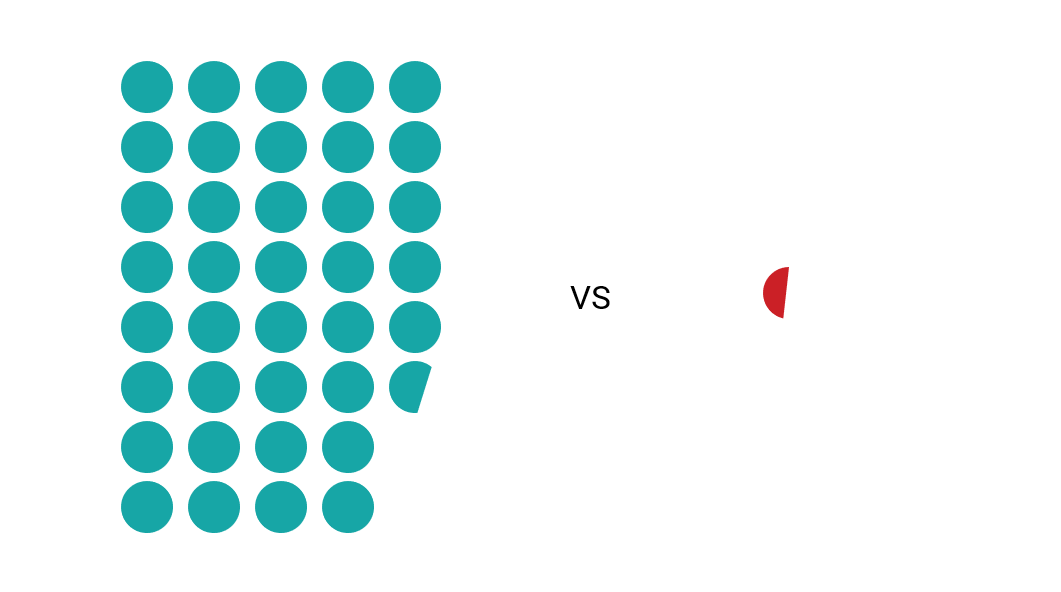
Startup-Corporate Collaboration: A win-win situation
As this case study shows, it pays off for projects to evaluate solutions independent from their provider’s company maturity level.
On the journey, both companies learned and benefited from each other’s expertise. Apart from solving the concrete technological challenges, the project yielded further positive side effects. Sebastian Opitz, Head of Controlling and ObjectBox’ project mentor, gives an example: “ObjectBox helped to quickly identify a faster way forward with a new technical solution. It would have taken us much longer doing it on our own and probably only would have been discovered much later.”
From the startup perspective, the collaboration gave ObjectBox access to new departments and new markets. “Kapsch has the knowledge and experience in structuring a growing business and tackling certain markets. This really helped ObjectBox to reach the next level of maturity”, concludes Vivien Dollinger, ObjectBox CEO.
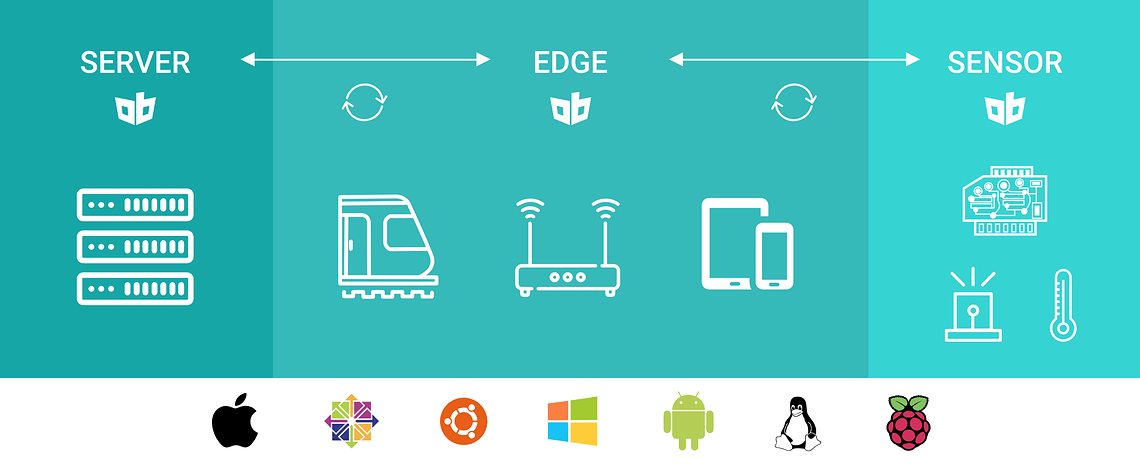
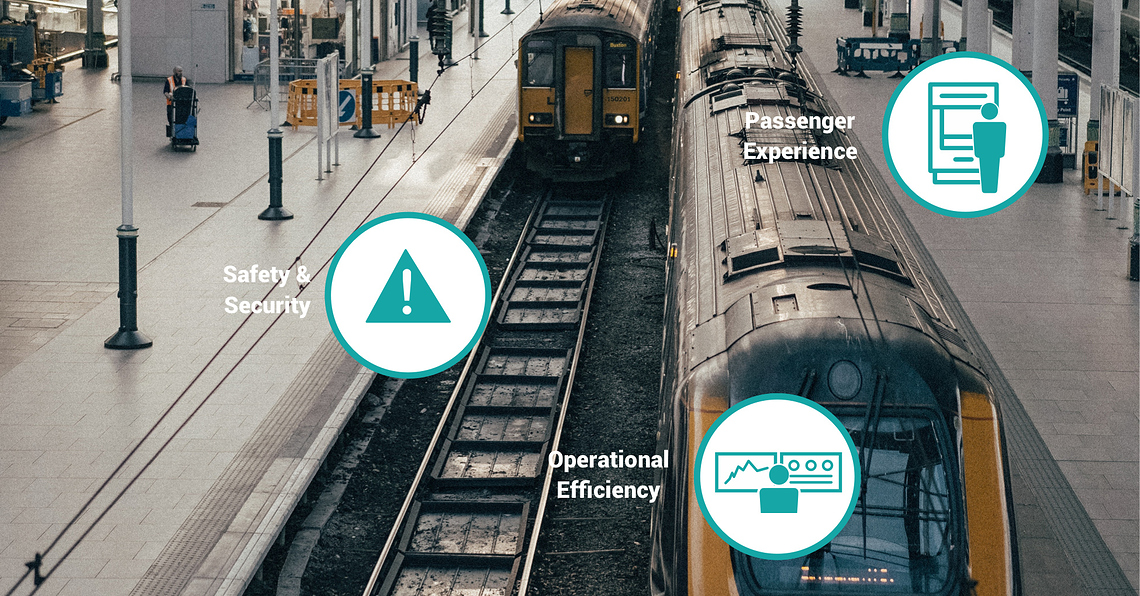
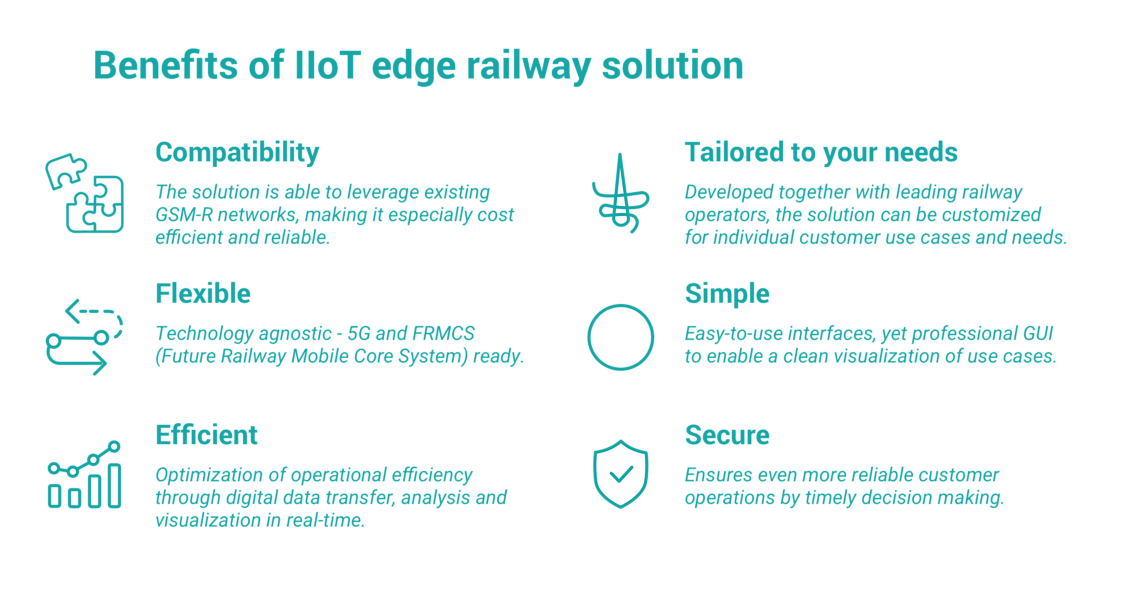

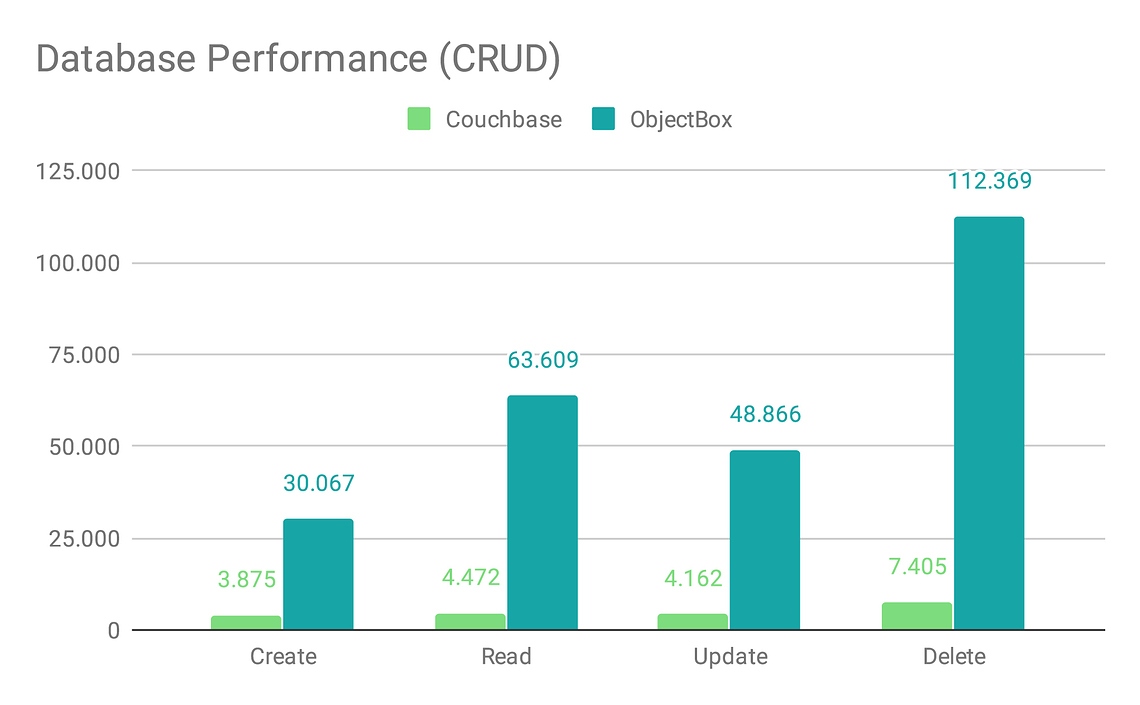
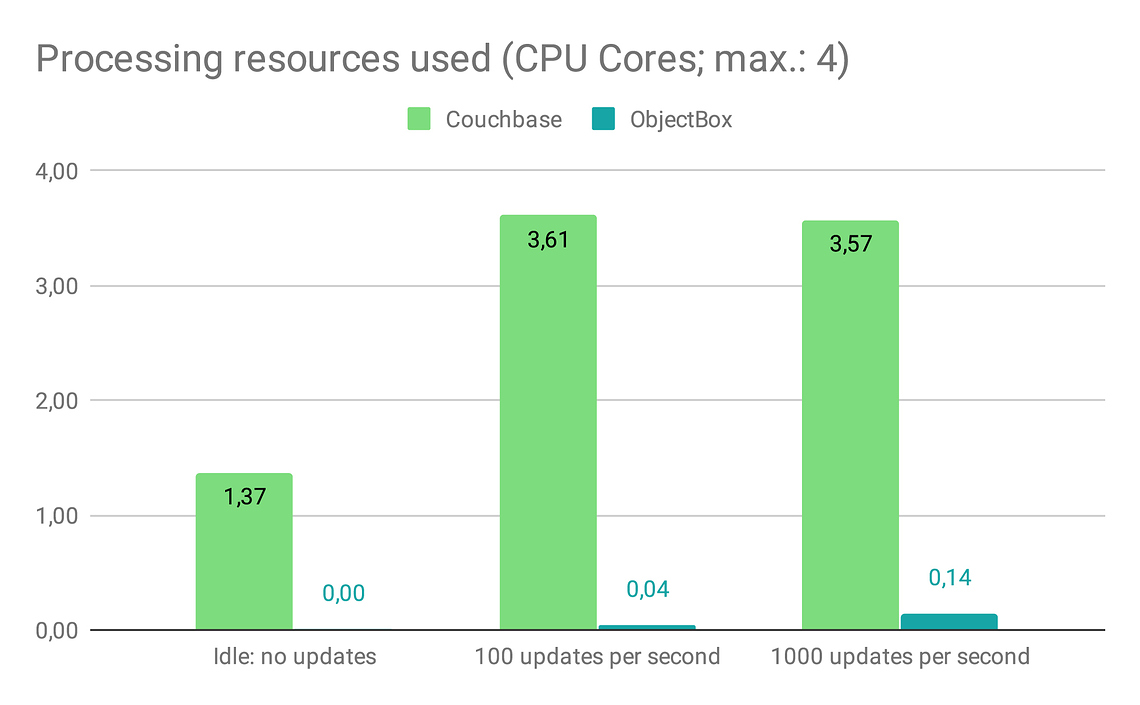
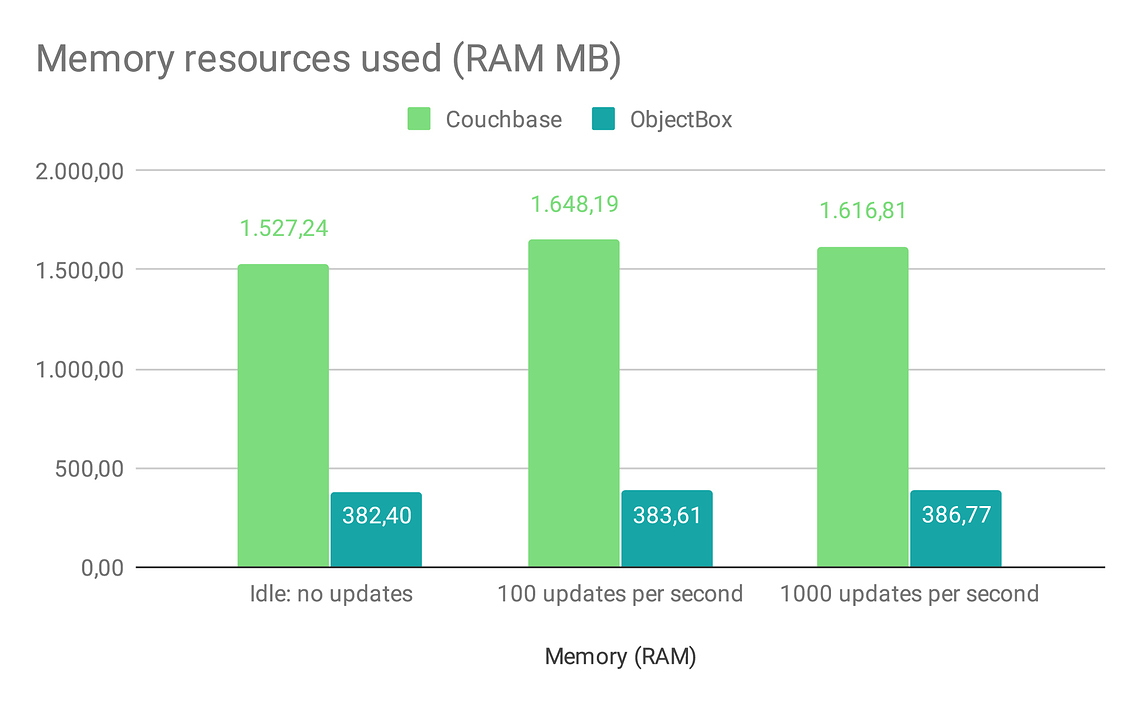

 → Ein Slot von 15 - max. 30 Minuten ist ideal. Lieber kurz und knackig.
→ Ein Slot von 15 - max. 30 Minuten ist ideal. Lieber kurz und knackig.